How to Train a Dog Not to Jump on People
Effective Training & Management Tips from a Professional Dog Trainer
Dogs jump for many reasons—attention, excitement, or simply not knowing what else to do when greeting someone. While it might seem cute when your fuzzy puppy bounces up to say hello, that same behavior can quickly become a nuisance (and even dangerous) as they grow.
If your dog greets you as if they have springs for paws, here’s the truth: we humans often create the problem. We allow it, encourage it, and sometimes even reward it—without realizing it. But that adorable puppy pounce can lead to scratches, bruises, or worse—someone being knocked over—if not addressed early.
The good news? You can teach your dog to greet politely. The key is combining management (preventing the jump before it happens) with manners training (teaching a polite alternative).
Step 1: Manage the Situation
Before your dog learns how to greet politely, you’ll need to prevent opportunities for jumping. Good management keeps bad habits from being reinforced while you train.
If your dog tends to jump on visitors:
Place them in a crate or playpen before guests arrive.
Confine them in another room with a walk-through gate until they’ve calmed down.
Keep them on a leash and ask for a “sit” while guests enter. Reward calm behavior immediately.
By preventing jumping during greetings, you’re setting your dog up for success and speeding up the training process.
Step 2: Train Your Dog to Greet Politely
Dogs repeat behaviors that get results. If jumping earns attention—even negative attention like “No!” or being pushed away—it will continue. To stop your dog from jumping, remove the reward for it and make calm greetings the most rewarding choice.
Here’s how:
Ignore the jump: The moment your dog jumps, turn your back and avoid eye contact, touch, or talking. Wait until all four paws are on the floor.
Reward calm greetings: As soon as your dog sits or stands politely, mark the behavior with praise and give a treat.
Teach an incompatible behavior: Train “sit” as your dog’s default greeting. They can’t sit and jump at the same time.
Be consistent: Everyone in the household (and all visitors) must follow the same rules. Inconsistency only confuses your dog and slows progress.
With practice, your dog will learn that sitting or standing calmly is the fastest way to get attention.
👉 Pro Tip: Keep treats in your pocket or within easy reach so you can reward polite greetings immediately. Quick timing helps your dog understand exactly which behavior you like.
Training for Common Jumping Scenarios
1. Dog Jumps on Other People
Enlist a friend your dog enjoys seeing.
Ask your dog to “sit.”
Have the greeter approach.
If your dog stands, the greeter immediately turns and walks away.
Repeat until your dog stays seated as the greeter comes near.
Once they remain seated, the greeter can offer a treat and pet them.
When on walks:
Step on the leash to prevent jumping.
Ask people to wait until your dog is sitting before greeting.
Hand them a treat to reward your dog for staying seated.
Even if someone says, “I don’t mind if they jump,” you should mind—training requires 100% consistency.
👉 Pro Tip: Use a treat pouch when walking so you can reward good manners on the go.
2. Dog Jumps on You When You Come Home
Keep greetings calm and low-key.
If your dog jumps, turn away or even step back outside without speaking.
Try again—yes, it may take several repetitions, but it works.
Reward your dog only when all four paws are on the floor or they’re sitting.
👉 Pro Tip: Keep treats near the door so you can reward calm greetings immediately.
3. Dog Jumps on You When You’re Sitting
If they jump, stand up immediately without speaking.
Avoid pushing or touching—this can unintentionally reinforce jumping.
Only give attention when your dog has all four paws on the floor or is sitting beside you.
Key Takeaways
✅ Prevent your dog from practicing jumping while they learn polite greetings.
✅ Reward calm, polite behavior consistently.
✅ Teach a clear, incompatible behavior—like “sit”—as their default.
✅ Be patient and consistent; even persistent jumpers can learn with the right approach.
With time and practice, your dog will learn that keeping four paws on the floor is the fastest way to get your attention. The result? A calmer, safer, and more polite greeter—every time!
About the Author: Certified Dog Trainer Alexandra Bassett, CPDT-KA
Alexandra Bassett, CPDT-KA, is the founder and head dog trainer at Dog Savvy, a private dog and puppy training company specializing in game-based dog training and positive training solutions for issues such as dog separation anxiety, leash reactivity, excessive barking, and aggression.
She is certified as Knowledge Assessed by the Council of Professional Dog Trainers (CPDT-KA) and available for private in-home dog training in Salt Lake City and private online dog training sessions via Zoom.
👉 To talk with Alexandra about your training goals and explore which program is right for you, book a free phone consultation today!
👉 Need help fast? Schedule an online intro session now and get expert coaching right from your phone, tablet, or laptop.





Is your puppy’s biting out of control?
Puppy biting can be frustrating and overwhelming, but you don’t have to manage it alone. Our expert dog trainers specialize in positive, game-based puppy biting solutions designed to teach bite inhibition and promote calm behavior.
Start your journey to a well-mannered, happier puppy with proven techniques that work.
👉 Book your game-based puppy training intro session today!